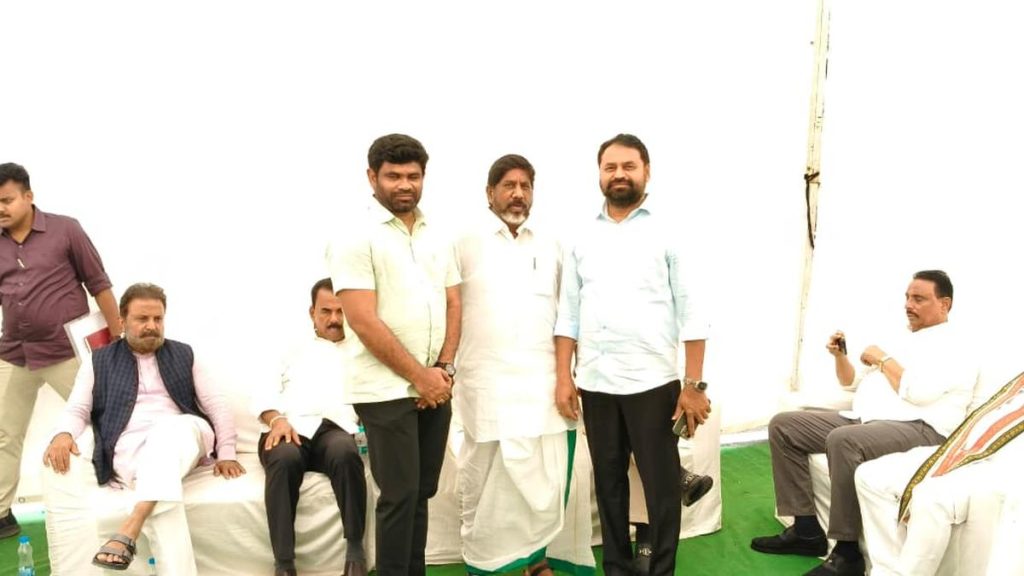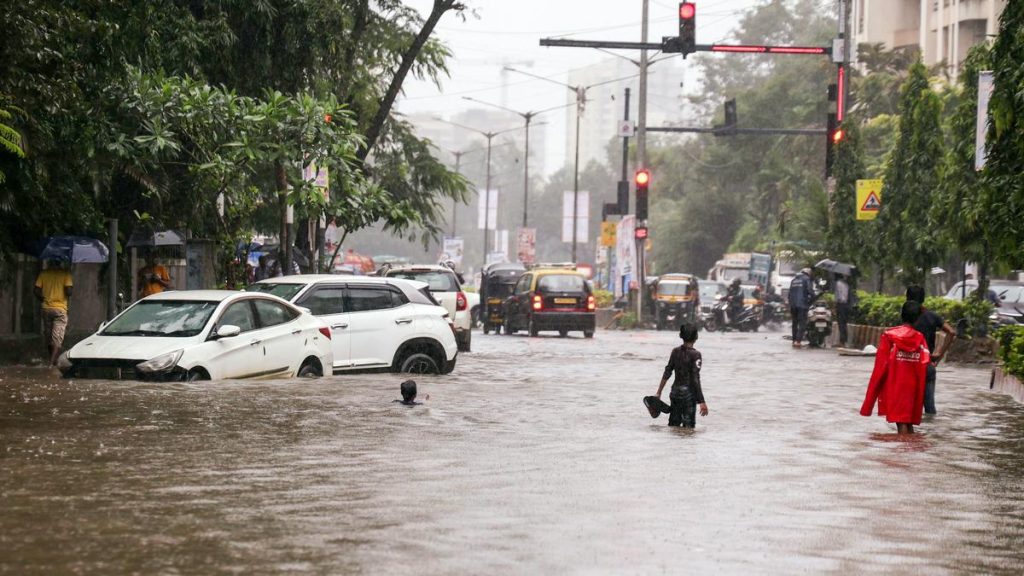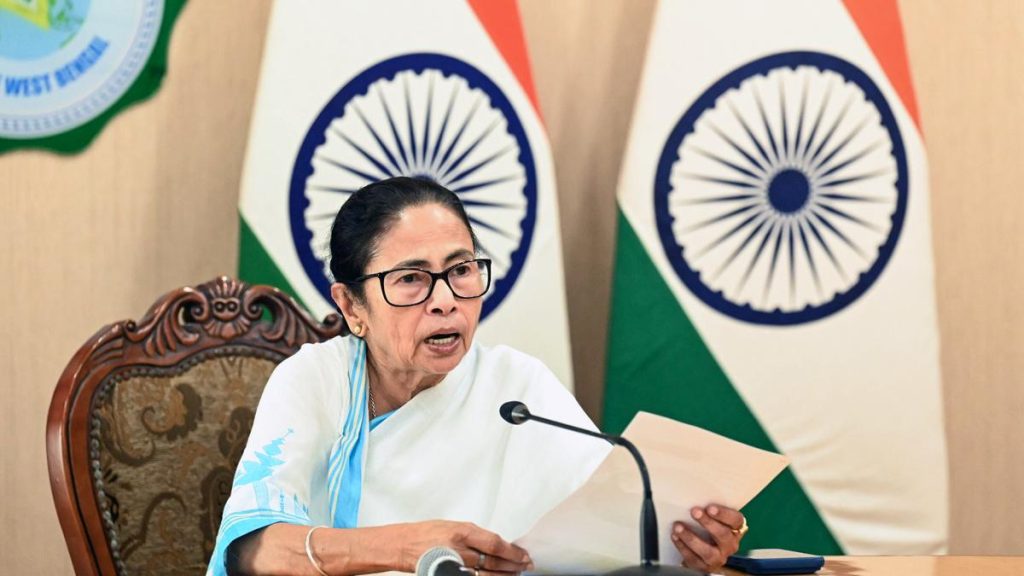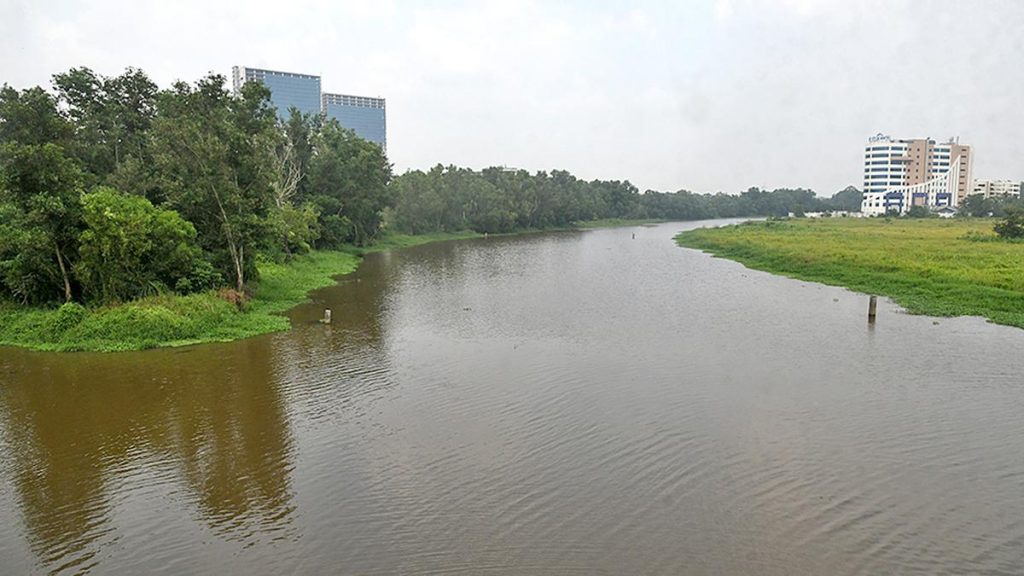Now Reading: 5 Privacy-Focused Weather Apps for Android
-
01
5 Privacy-Focused Weather Apps for Android
5 Privacy-Focused Weather Apps for Android

Quick Summary
- Privacy Concerns with Weather Apps: Many weather apps collect unnecessary user data. privacy-kind options for Android users prioritize privacy without compromising functionality.
- Featured Privacy-Friendly Weather Apps:
1. QuickWeather: Relies on OpenWeatherMap and Open-Meteo for weather data,offering comprehensive forecasts without data collection. Lacks widgets and severe weather alerts.
2. Bura: minimalist app using Open-Meteo; offers essential weather details, hourly forecasts, and basic graphs. Future plans include widgets and air quality data.3. Cirrus: Inspired by Privacy Friendly Weather, it is open-source with no trackers or unnecessary permissions; provides detailed hourly forecasts up to 16 days with optional radar integration via Rain viewer.
4. Hello Weather: Not open-source but operates under a clear privacy policy that deletes collected data within two days; uses Apple Weather for forecasts but locks many features behind a Pro subscription.
5.Breezy Weather: An open-source app featuring sleek design and real-time forecasts from diverse sources; users may need to procure API keys through specific repositories for full access to features.
Indian Opinion Analysis
the highlighted issue of excessive data collection by typical Android apps underscores the increasing significance of digital privacy in India’s expanding smartphone user base-currently one of the largest globally. With surging internet usage driven by mobile devices, such privacy-conscious applications offer a much-needed option for consumers wary of security risks.
for India specifically, promoting these types of tools aligns with broader national discussions about safeguarding personal information amidst concerns over unregulated data-harvesting practices by tech firms worldwide. Additionally,the trend toward local solutions like Breezy’s reliance on diverse regional sources may resonate well in India’s heterogeneous climatic conditions since people often seek granular forecast accuracy informed by localized datasets.
While tech-savvy users might embrace these apps enthusiastically-especially those adept at securely handling API configurations-the absence of mainstream accessibility due to limited distribution platforms like github may hinder wider adoption among less technically inclined populations within India.


























